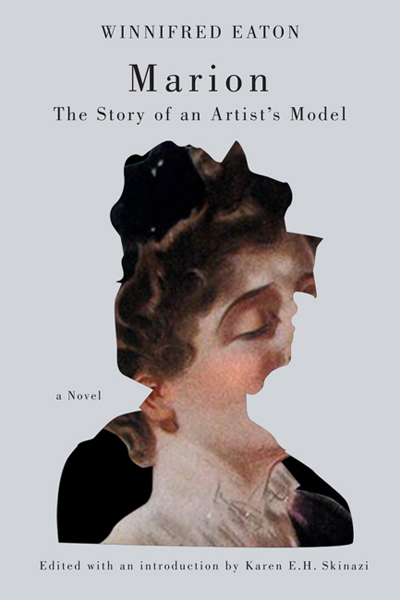Growing Diversity Among America’s Children and Youth: Spatial and Temporal Dimensions
Population and Development Review
Volume 36, Issue 1, March 2010
pages 151–176
DOI: 10.1111/j.1728-4457.2010.00322.x
Kenneth M. Johnson, Professor of Sociology and Senior Demographer
Department of Sociology and Carsey Institute
University of New Hampshire, Durham
Daniel T. Lichter, Professor of Policy Analysis and Management and Sociology
Cornell University
This study documents the changing racial and ethnic mix of America’s children. Specifically, we focus on the unusually rapid shifts in the composition and changing spatial distribution of America’s young people between 2000 and 2008. Minorities grew to 43 percent of all children and youth, up from 38.5 percent only eight years earlier. In 1990, this figure stood at 33 percent. Among 0–4-year-olds, 47 percent of all children were minority in 2008. Changes in racial and ethnic composition are driven by two powerful demographic forces. The first is the rapid increase since 2000 in the number of minority children—with Hispanics accounting for 80 percent of the growth. The second is the absolute decline in the number of non-Hispanic white children and youth. The growth of minority children and racial diversity is distributed unevenly over geographical space. Over 500 (or roughly 1 in 6) counties now have majority-minority youth populations. Broad geographic areas of America nevertheless remain mono-racial, where only small shares of minorities live.
AMERICA’S RAPIDLY CHANGING racial and ethnic composition will undoubtedly reshape ethnic identities, electoral politics, and inter-group relations in the foreseeable future. A recent report by the United States Census Bureau projected that racial and ethnic minorities—everyone but non-Hispanic single race whites—will become the majority population in 2042 (US Census Bureau 2008a). The size of the minority population is projected to grow to 235.7 million or 54 percent of the total US population by 2050. Of course, demographers understand that population projections are often not borne out; they rest on demographic assumptions that sometimes prove to be seriously flawed.
We do not need to rely on Census projections or wait until 2042 to observe the putative demographic implications of growing racial and ethnic diversity in American society.2 Our research documents the demographic forces that have placed today’s young people in the vanguard of America’s new racial and ethnic diversity. The seeds of diversity are being sown today by immigration and high fertility, which are revealed in growing racial and ethnic diversity among America’s children and youth. In many parts of the United States, the future is now.
This article has several goals. First, we use up-to-date census population estimates to document recent increases in the racial and ethnic mix of America’s youth, especially its youngest children (i.e., those aged 0–4 years). Predictably, growing racial diversity has been caused by rapid growth of minority children, especially Hispanic children, but perhaps less predictably by absolute numerical declines of non-Hispanic white children. Second, we show how national patterns have manifested themselves unevenly over geographic space. More than 500 US counties in 2008 had “majority-minority” populations of children, a number considerably higher than for the US population overall. Third, we document children’s growing exposure to racial diversity in the areas where they live. We provide new estimates based on the so-called diversity index (Rushton 2008). The frequent claim that we live in an increasingly multiracial or multicultural society—a fact that is both celebrated and feared—does not necessarily mean that national patterns are visible at the local or regional level…
…The uneven geography of racial diversity
How children fare today is a leading demographic indicator of America’s future: its racial composition, health, and social and economic well-being. But an exclusive focus on the national picture also can be misleading. For minority populations, racial and ethnic identities are socially constructed through daily interactions in the places where they live and work (Omi and Winant 1994). The demographic impacts of changing patterns of immigration, fertility, and natural increase are therefore experienced unevenly across the geographical United States (Massey 2008). The so-called Americanization process—the putative weakening of racial and ancestral identities—is shaped by cultural and economic incorporation, patterns of intermarriage, and the growth of immigrant and mixed-race populations, all of which both reflect and reinforce racially divergent residence patterns and inter-group exposure and social interaction (Waters and Jiménez 2005; Lee and Bean 2007)…
…Discussion and conclusion
With the election of Barack Obama as US President, issues of race and racial inclusion have acquired new saliency in the public discourse in America. The influx of roughly 1 million legal immigrants annually—mostly from Latin America and Asia—has further prompted debates about multiculturalism and social, economic, and cultural fragmentation: for example, English-language use, rising intermarriage, growing mixed-race populations, and political and economic power. The Census Bureau’s recent projection of a majority-minority US population in 2042 has sometimes been the source of alarmist rhetoric about America’s future and its essential character. We argue here that the seeds of racial and ethnic multiculturalism are also being sown by recent patterns of fertility, revealed in growing racial and ethnic diversity among America’s children and youth…
Read the entire article here.



